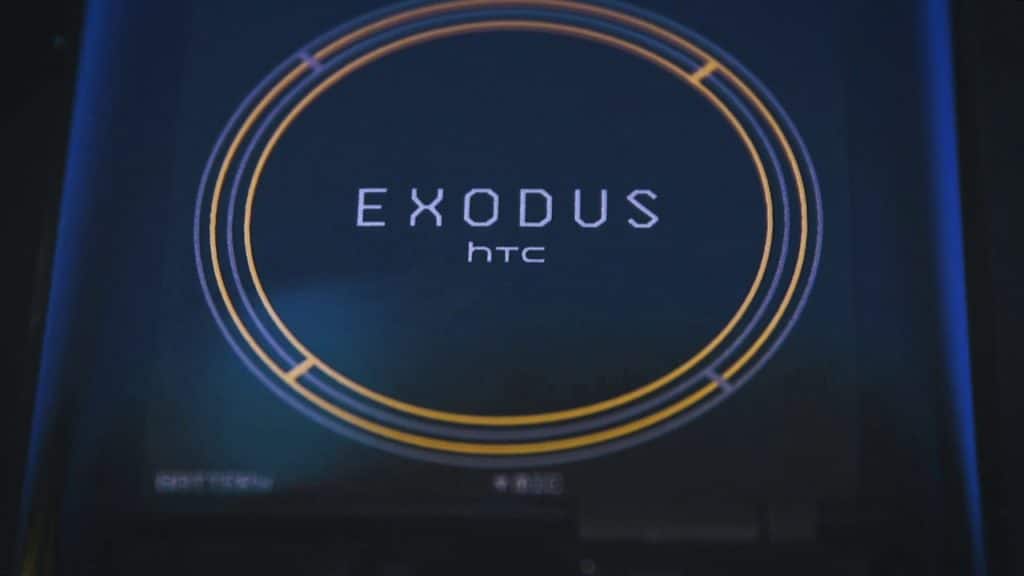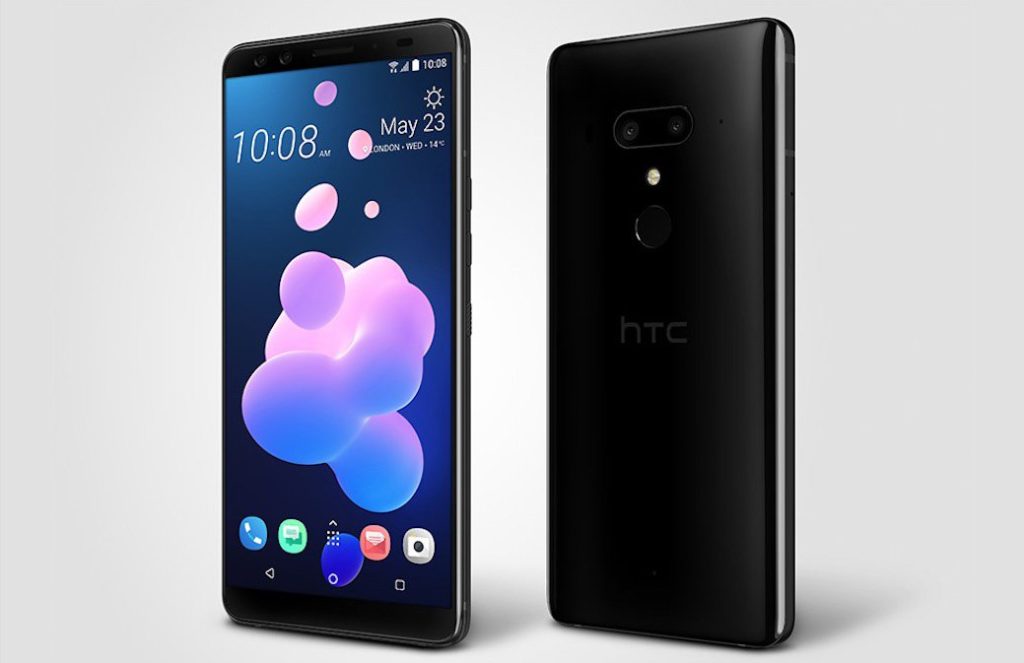
Chris Ziegler from The Verge, a man who I enjoy reading, is extraordinarily happy, foaming at the mouth even, about the fact that HTC is going to sell an unlocked version of their 2013 flagship device, the One, in the United States.
Now this isn’t the first time a handset maker has sold an unlocked phone in America before, Nokia famously tried to do the same thing over half a decade ago with their Nseries portfolio. No, what makes this version of the One special is the fact that it supports two 4G LTE networks.
That makes HTC’s unsubsidized phone the first 4G LTE Android handset you can buy to not be filled to the brim with operator software. More importantly, it’ll get software updates whenever HTC feels like pushing out software updates, meaning you’re not going to have for AT&T to “certify” the next major Android release for you to enjoy.
While I’m happy that Chris is so thrilled about this device, I can’t help but think that it’s not going to have any impact whatsoever on the wireless landscape. At all. Americans are so used to subsidies that the thought of a $575 phone scares them enough to put a streak of gray in their hair.
Software updates? Great. No AT&T on the back of your phone? Wonderful. Worth the money? No.
Google, Chris says, didn’t have the guts to put 4G LTE inside the Nexus 4, and that’s where I think he’s wrong. Google knows how to build cars that can drive themselves, so surely they can build a 4G LTE smartphone. They opted not to because the Nexus 4 had to hit a certain price point, plus it’s meant more as a device for developers to test out their apps.
The Nexus brand, for all intents and purposes, isn’t for you or for me. It’s for the guy who wants to make the next Angry Birds game, the girl who wants to write the best algebra helper application, and for Google employees to know what’s around the corner. You don’t need 4G LTE to do that.
Hell, you could probably get away with just buying a WiFi only Nexus 7.


















